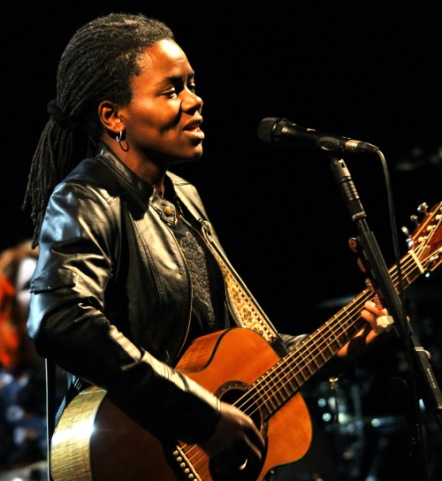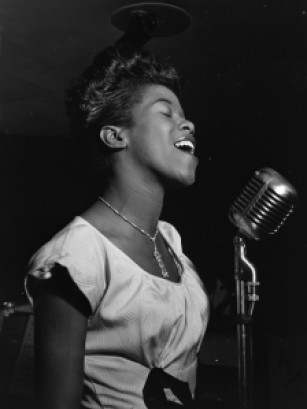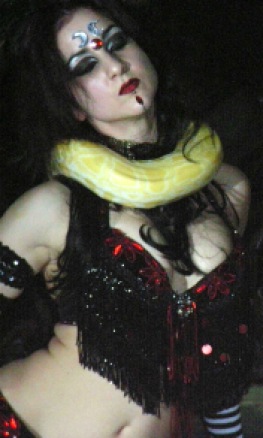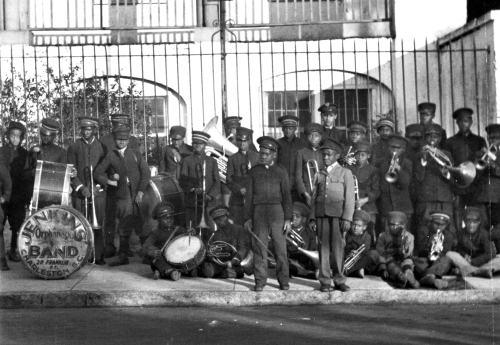A week-long festival centered on stories about the deity Kṛṣṇa is held in the hamlet of Naluna, Garhwal district, Northern India; this practice (known as a saptāh) is primarily a product of an elite Hindu community of the North Indian Plain.
Two loci of power are salient: the village deity representing local authority, and the text-as-artifact of the Bhāgavata purāṇa, the metonymy of the authority of the recently imported cultural practice.
The local community comprises modern subjects and empowered agents, accounting for the nature of the interaction between the village deity and the sacred text, and the new cultural synthesis that emerges.
This according to “Village deity and sacred text: Power relations and cultural synthesis as an oral performance of the Bhāgavatapurāṇa in a Garhwal community” by McComas Taylor (Asian ethnology LXX [2011] pp. 197–221).
Above and below, the saptāh in Naluna.













